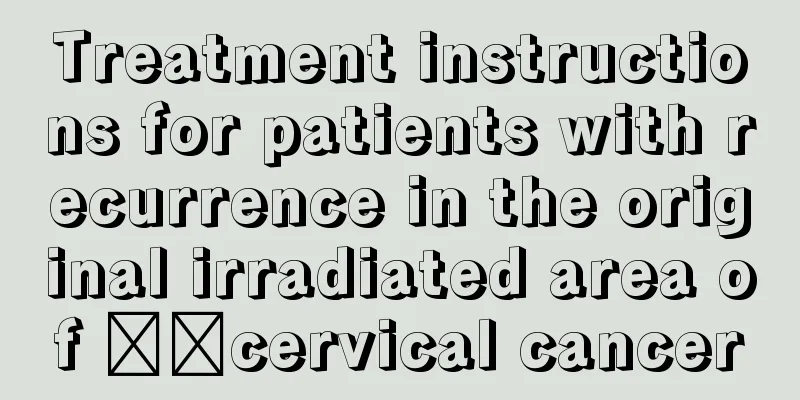Conventional lesion excision for skin cancer

|
Direct surgical removal of skin cancer lesions is currently one of the main methods for treating skin cancer. The most common method is conventional lesion resection, which is characterized by the use of conventional surgery to completely remove the skin cancer lesions. If no lymph node metastasis is found, preventive lymph node resection is generally not performed. After routine lesion resection, the excised tissue will also undergo a systematic pathological examination to confirm whether the skin cancer has been completely removed and whether there are any cancer cells remaining at the resection margin. If the postoperative pathological examination shows that the skin cancer has been completely removed and there are no cancer cells remaining at the resection margin, the patient can enter the postoperative follow-up observation process. On the contrary, if the postoperative pathological examination shows that the skin cancer was not completely removed, or there are residual cancer cells at the cutting edge, the next treatment measure will be reasonably selected according to the patient's specific situation to prevent the recurrence of skin cancer after surgery. For example, another surgery or Mohs surgery can be selected to achieve the effect of complete removal of the cancer. If the patient's specific situation is not suitable for another surgery, comprehensive treatments such as postoperative radiotherapy and/or chemotherapy can be considered to reduce the postoperative recurrence rate and improve the cure rate. Conventional lesion excision for skin cancer is suitable for most types of skin cancer, especially for low-risk skin cancer with superficial lesions less than 2 cm in size, which can achieve a high cure rate. The treatment effect is poor for skin cancer lesions larger than 2 cm, located in areas with high risk of recurrence, deeper invasion, and recurrent lesions. |
<<: Things to note after radiotherapy for esophageal cancer patients
>>: Topical medication for skin cancer
Recommend
What to do if you have a headache due to lack of oxygen at high altitude?
In recent years, many people like to travel to Ti...
These 6 items must be done in the year-end physical examination
1. Family history of vascular disease - carotid a...
There are many white spots on the lips
People will suffer from various diseases in their...
Hair is not oily but hair is falling
The cause of hair loss is closely related to our ...
How to fumigate acupoints with moxa? Correct grasp is the key
Many people don't know what kind of treatment...
What nursing measures should be taken for anxious patients?
Anxiety disorder is not unfamiliar to many people...
How to care for dentures
Friends who use dentures should not think that th...
What causes shadows in the lungs?
Many people do not know what shadows in the lungs...
Early symptoms of ALS
There is a very rare disease in life called ALS. ...
Three types of treatment principles for paroxysmal atrial fibrillation
Paroxysmal atrial fibrillation does not cause muc...
What are the symptoms of advanced brain metastasis of lung cancer? 5 symptoms indicate that brain metastasis of lung cancer has reached an advanced stage
The brain is one of the common metastatic sites o...
How to treat cervical cancer How to treat cervical cancer
1. Carcinoma in situ Young patients can have 1~2c...
What are the hazards of fluorescent agents to the skin?
Nowadays, our children have more and more toys. M...
There is a dull pain in the lower left side of the abdomen. This is how to treat it
Many people always feel a dull pain in the lower ...
Can cervical cancer be prevented
Cervical cancer is preventable. The main method t...









